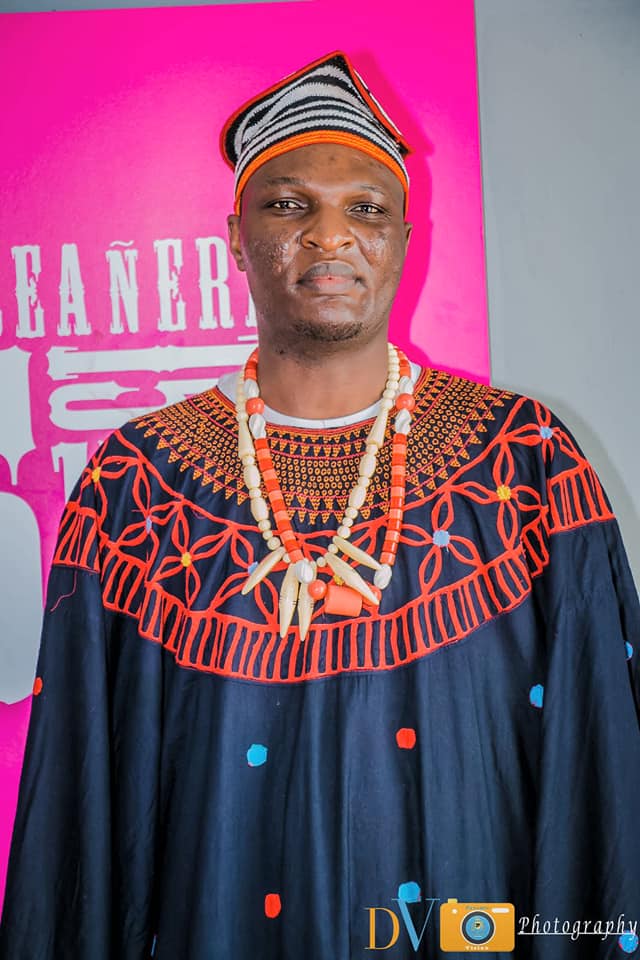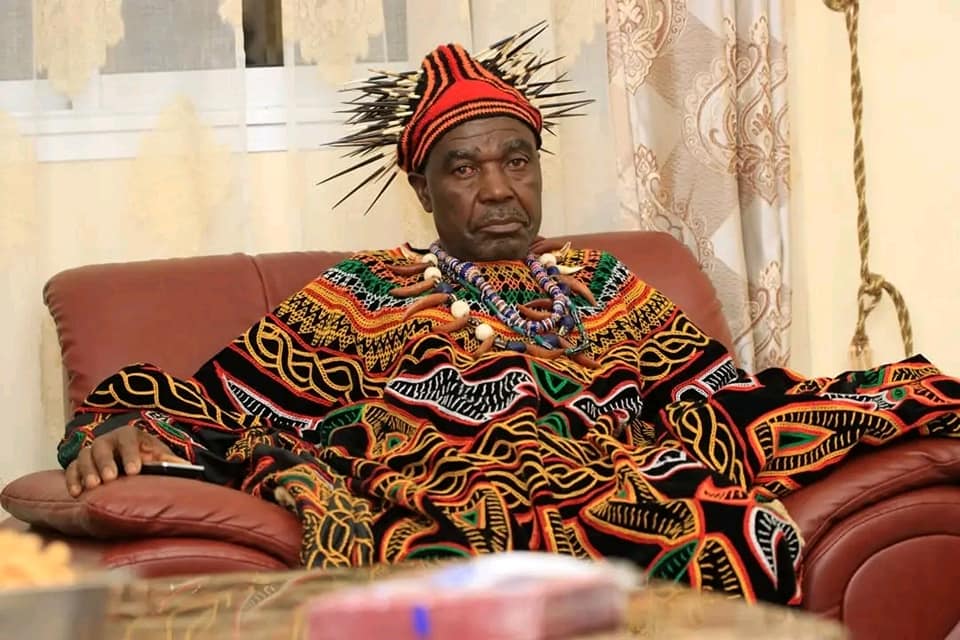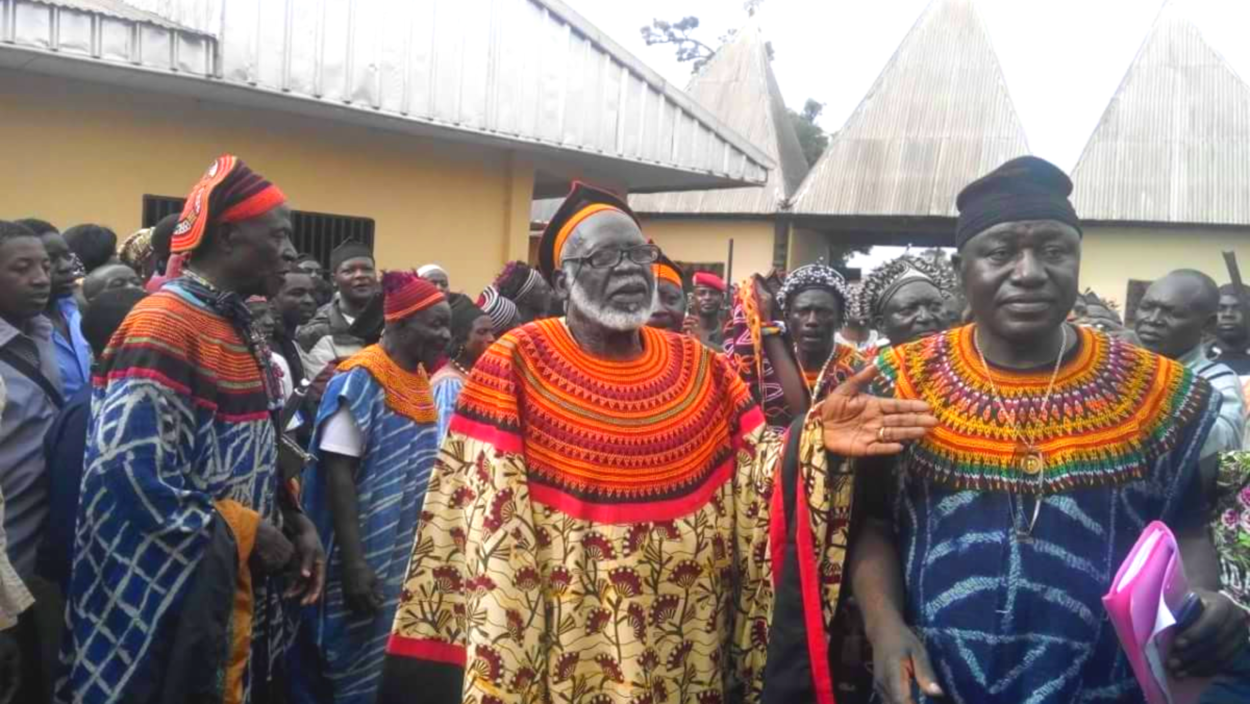About Us
About Donga mantung
Donga-Mantung is one of the divisions in the North West Region of Cameroon. The name “DongaMantung” originates from two significant rivers in the area: the Donga River, which flows along the
border between Cameroon and Nigeria, and the Mantung River, which runs through Nwa Sub-Division.
These rivers symbolize the unity and interconnectedness of the people and communities that make up
the division.
The division has a rich history, shaped by both
colonial and post-colonial administrative
structures as well as traditional policies and
practices. Its journey reflects the interplay
between indigenous governance systems and
external influences, which have contributed to
the unique identity and resilience of the region.
Donga-Mantung Division is composed of five
subdivisions: Nkambe Central, Ndu, Ako, Misaje,
and Nwa. Each subdivision has its distinct
characteristics and strengths, collectively
forming the vibrant socio-cultural fabric of the
division.

OUR MISSION
At the IN Gwei Foundation, our mission is to empower the people of Donga Mantung by fostering sustainable development, preserving cultural heritage, and creating opportunities for growth and innovation. Through collaborative initiatives, education, and community engagement, we aim to improve the quality of life and promote unity within the division.
OUR VISION
Our vision is to see Donga Mantung thrive as a beacon of resilience, cultural pride, and economic prosperity. We aspire to build a future where every individual has access to the resources, skills, and opportunities needed to contribute meaningfully to the division’s progress while safeguarding its rich traditions for future generations.
Our Culture and Heritage
Historical and Cultural Significance
The history of Donga-Mantung is deeply rooted in its people’s traditions and the transformations brought about by colonial administration. Initially part of the Nkambe Division under British rule, it was restructured in 1968 by a Presidential Decree to become the Donga-Mantung Division we know today.
Traditional leadership, through fondoms, continues to play a crucial role in maintaining the cultural heritage of the division. These institutions not only preserve the values and customs of the people but also serve as vital stakeholders in governance and conflict resolution.
What Donga-Mantung Represents
1. Geographical Significance: Anchored by the iconic rivers that gave it its name, the division boasts a breathtaking landscape of mountains, valleys, and fertile plains.
2. Cultural Diversity: Donga-Mantung is home to various ethnic groups, each contributing to its rich cultural tapestry while fostering a spirit of unity and coexistence.
3. Economic Potential: Known for its agricultural activities, the division produces crops like coffee, Cacao, maize, and ginger, Palms, Soy Beans, livestock, etc. which are vital to the local and
national economy.
4. Historical Legacy: A testament to the evolution of grassroots governance, merging traditional and modern administrative systems to address the needs of its people.
A Vision for the Future
Donga-Mantung Division stands as a beacon of hope and progress, with communities working tirelessly to overcome challenges and build a sustainable future. While it is proud of its past, the division is also focused on unlocking its full potential, ensuring that development and peace remain at the forefront of its journey.
Historical Context
Cameroon became a German Protectorate on July 14, 1884. By 1916, Germany was defeated during the 1st world War by the allied Forces, and Cameroon was handed over to France and Britain under the League of Nations Mandate Agreement of 1922. Britain and France were mandated by the League of Nations to administer and prepare Cameroon for self-government at a later date. The Mandate Agreement resulted in the partition of Cameroon between the French and the British who had to enact policies that would ensure efficiency in the administration of their respective portions of the Mandate Territory of Cameroon. From 1916 to 1922, Britain had no formal
administrative policy for the Cameroons and Nigeria. It was only in 1923 that the British “Orders-in-Council” created the then administrative Units known as Native Authorities (NA) headed by Traditional Rulers. The 1923 Orders-in-Council established British colonial Policy for the Cameroons and Nigeria.
The Orders-in-Council equally enacted that British Laws which were already applicable in Nigeria be extended to both Northern Cameroons and Southern Cameroons. By this policy,
each village or Chieftaincy or Fondom constituted a Native Authority. The 1923 Orders-in-Council introduced a native administrative system known as “Indirect Rule”, through which Britain administered its colonies in Africa through indigenous Chiefs and Traditional Institutions. This administrative system therefore excluded the educated Elites from administration. The administration was mounted by Traditional Rulers who were for the most part not literate or well educated, hence lacked both managerial capabilities and financial resources to carry out socio-economic development. This constituted a major flaw of the Native Authority system of administration. This flaw necessitated the Administrative Reforms of 1949 by the British. In 1949, Britain decided to create Local Government Units in the Cameroons and Nigeria. Different Chiefdoms or Fondoms were
merged to constitute Divisional Local Government Units.
Thus, the today North West Region was transformed into a province known as the Bamenda Province with three Divisions, namely, Bamenda Division, Wum Division and Nkambe Division. Southwest Region was equally divided into three Divisions, namely, Mamfe Division, Kumba Division and Victoria Division. These Divisions had deliberative and Legislative Powers, and their representatives were elected through universal suffrage. They were empowered to ensure development in all its facets. The Nkambe Division, today Donga-Mantung Division was created for the first time in 1949 by the British Colonial Ordinance. It was one of the three Divisional Local Government Units of the then Bamenda Province of Southern Cameroons. The Bamenda Province of Southern Cameroons was made
of three Divisions, namely, Bamenda Division, Wum Division and Nkambe Division. Nkambe Division lasted from 1949 to 1968 when Donga and Mantung Division was created by a Presidential Decree. From 1963 to 1966, the Nkambe Division was divided into two subdivisions, namely, Nwa Subdivision, created by Presidential Decree No. 63/DF/25 of 26 July 1963, and Nkambe Subdivision, created by Presidential Decree No. 66/DF/432 of 26 August 1966.
On 30 December 1968, Presidential Decree No. 68/DF/509, Nkambe Division was transformed into Donga and Mantung Division. By the administrative re-organization of 1972, Presidential Decree No. 72-349 of 4 July 1972 once more changed the name of the Division from Donga and Mantung to simply Donga Mantung Division. The conjunction “and” was
simply removed from the name. Donga Mantung Division derived its name from two rivers that flow across the Division, namely, River Donga in Ako Subdivision, and River
Mantung in Nwa Subdivision.[4] Ako Subdivision was the third subdivision to be created in Donga Mantung Division.[5] It was created by a Presidential Decree in 1977. It covered Ako
and Misaje areas. Ndu Subdivision was created by Presidential Decree in 1992, and its accompanying Municipal Council was created in 1993 via Decree No. 93/332 of 25 November 1993. Misaje Subdivision just like Ndu Subdivision was created and carved out of Ako Subdivision in 1992 by a Presidential Decree. of three Divisions, namely, Bamenda Division, Wum Division and Nkambe Division. Nkambe Division lasted from 1949 to 1968 when Donga and Mantung Division was created by a Presidential Decree.
From 1992 to 1996, Donga Mantung Division witnessed yet another evolution. The Constitutional Reforms of 1996 in Cameroon transformed Provinces into Regions and did away with the previous administrative units called Districts, and
replaced them with Subdivisions. Thus, from 1996, Districts ceased to exist as administrative units in Cameroon. The
Subdivisions were each accompanied by Municipal Councils headed by Mayors elected via universal suffrage. The five subdivisions that make up Donga Mantung today are: Nkambe Central Subdivision, Nwa Subdivision, Ako Subdivision, Ndu Subdivision and Misaje Subdivision.
Donga-Mantung Division is richly endowed with abundant natural resources and fertile soils, making it a key area for agriculture, economic development, and tourism. The division boasts extensive rice cultivation in the fertile plains, with palm oil, cocoa, and other cash crops thriving in the Ako, Nwa, and Misaje areas. In addition to rice, the region produces significant quantities of beans, cassava, plantains, corn, and vegetables, which serve both local consumption and broader markets. Livestock production and cattle ranching are prominent in the division, with expansive grasslands providing ideal conditions for these activities.
Beyond agriculture, Donga-Mantung is home to untapped mineral deposits, particularly in the Mayo-Binka and Misaje areas, which hold promise for future economic exploitation. The lush forests of the region offer exotic timber and diverse non-timber forest products, providing raw materials for industries and crafts. Handicrafts, a reflection of the region’s vibrant culture and artistry, also contribute to the local economy. The undulating hills of the Nkambe Plateau and the scenic landscapes throughout the division make it a potential hub for ecotourism and adventure tourism. Visitors can explore breathtaking vistas, tranquil forests, and the rich biodiversity that the region has to offer. These natural and cultural assets position Donga-Mantung as a region with vast potential for sustainable agricultural growth, economic development, and touristic exploration, presenting exciting opportunities for investment and innovation.
OUR TEAM

Jane Doe
Designer

Jane Doe
Designer
- Phone:+1 (859) 254-6589
- Email:info@example.com

Jane Doe
Designer

Jane Doe
Designer
- Phone:+1 (859) 254-6589
- Email:info@example.com

Jane Doe
Designer

Jane Doe
Designer
- Phone:+1 (859) 254-6589
- Email:info@example.com
